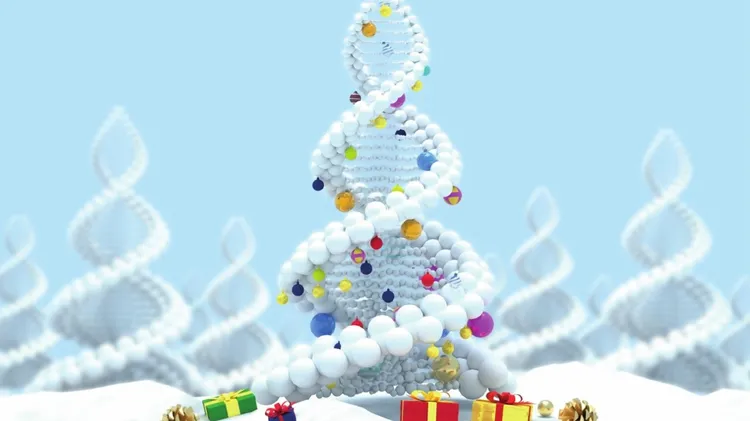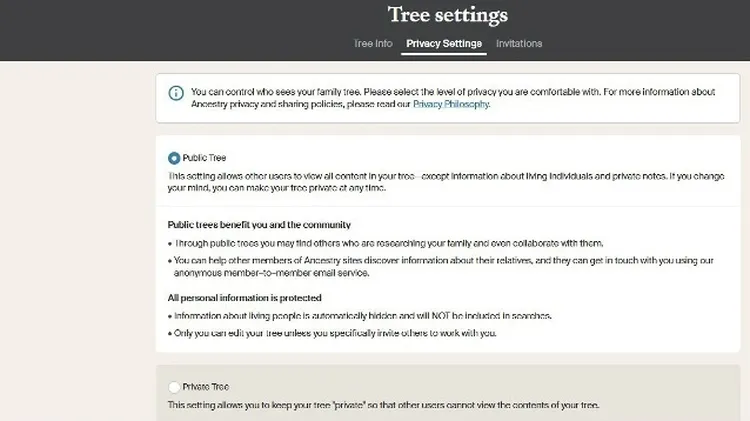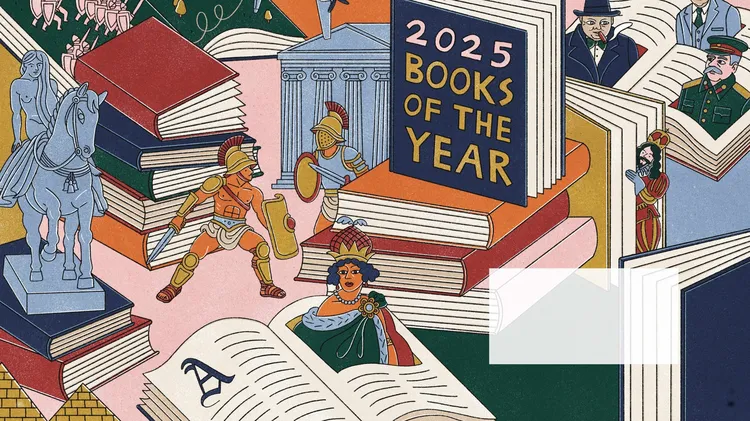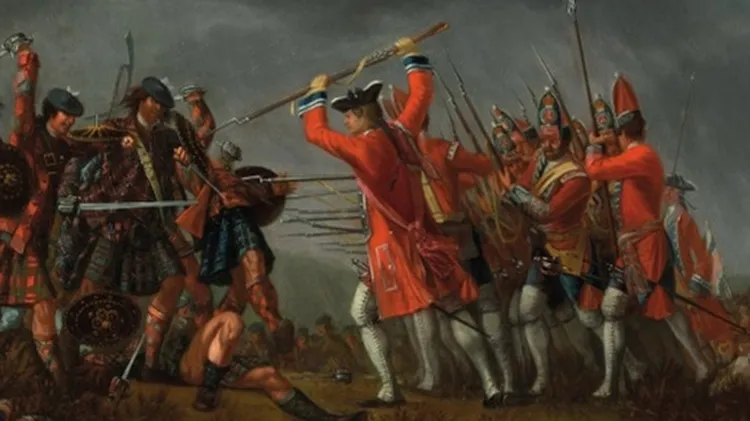In the first two parts of this series, Phil Isherwoo
Sources, evidence & proof: what is proof?
9 min read
This article is from...
Read this article and 8000+ more magazines and newspapers on Readly






